Tamron 16-30mm f/2.8 Di III VXD G2 Review: The Daisangen Dream
“Then shalt thou count to three, no more, no less. Three shall be the number thou shalt count, and the number of the counting shall be three”. The Quest for the Holy Grail by the comedy troupe, Monty Python, had it right. There is a Holy Trinity, and many professional photographers abide by it.
Traditionally, a working photographer’s kit typically includes a telephoto zoom lens in the 70-200mm range, a standard zoom lens around 24-70mm, and an ultra-wide angle lens, such as the 16-35mm, all of which feature a fast f/2.8 aperture. Tamron has finally completed its updated triumvirate (or daisangen as Tamron calls it) of modern G2 series lenses, and they are doing things a little bit differently this time around.
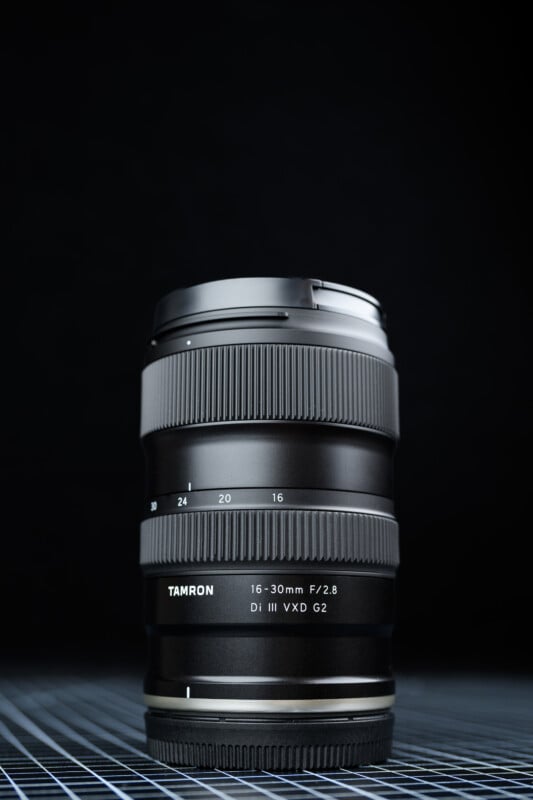
Tamron has a history of bucking the trend and offering slightly different focal length choices than its competition does. The odd, yet wonderful, 35-150mm lens comes to mind, and the same goes for its trinity of G2 pro lenses, starting with the 70-180mm f/2.8 and the 28-75mm f/2.8 standard zoom. However, the 17-28mm f/2.8 RXD lens was the last to be updated, and photographers did complain about its somewhat limited focal range. That brings us to the brand new Tamron 16-30mm VXD f/2.8 G2, which sports a slightly bigger range of zoom and some meaningful updates to its technology. Let’s dive into this affordable $929 lens.
Tamron 16-30mm f/2.8 VXD di III G2 Review: How It Feels
I think Tamron makes slightly different designs to keep its lenses compact and portable. All three of the G2 lenses feature a small 67mm filter thread when everyone else is rocking 77mm or 82mm dimensions. This new 16-30mm is only 15.5 ounces (440 grams) and still supports a fully weather-sealed design. There is no AF/MF switch, but you do get a single customizable button option. The zoom ring and focusing ring turn a little bit loose for my taste, but in practical use, they are perfectly usable.
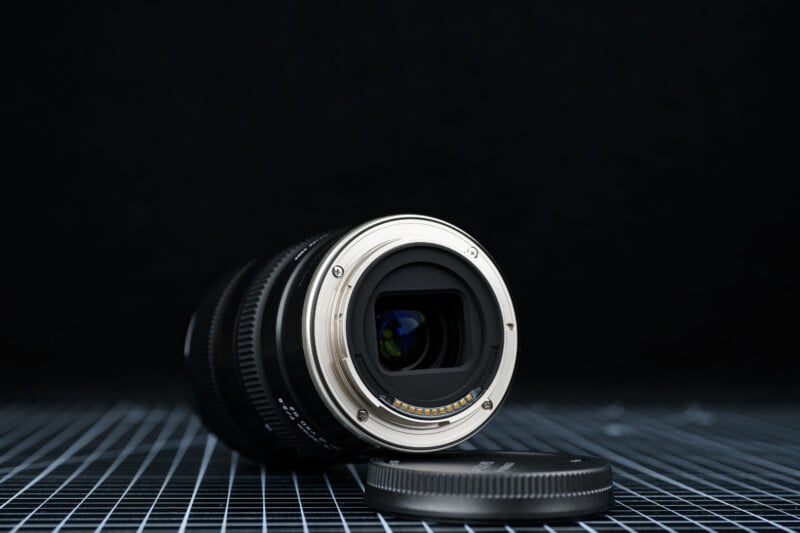
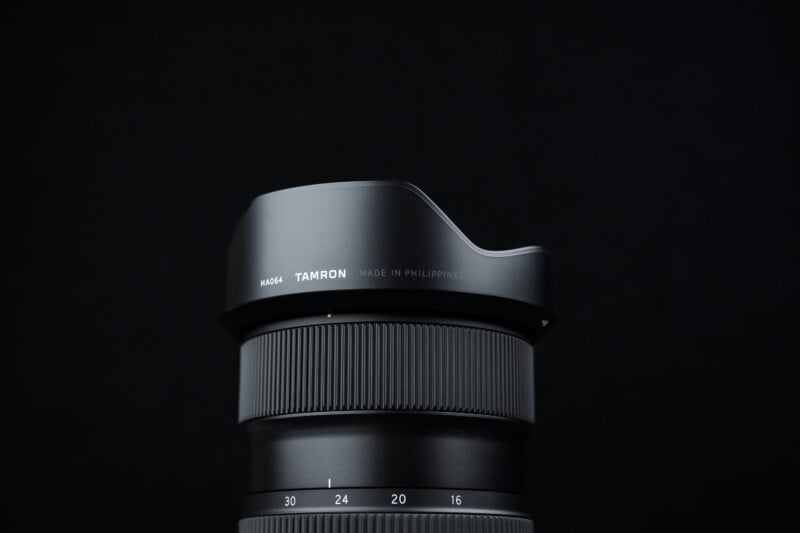
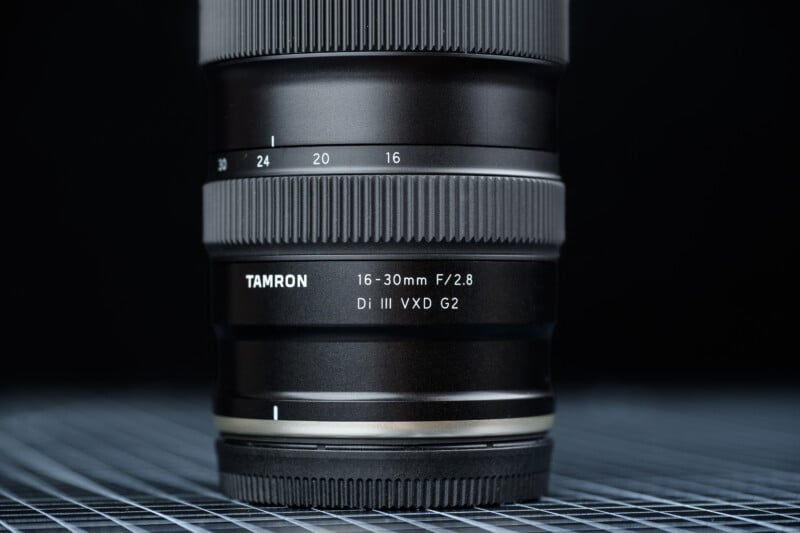
The Tamron G2 lenses have a very clean and understated look, which continues with the 16-30mm design. The lens hood is a very basic plastic hood that simply bayonets into place, and the lens doesn’t quite look or feel as prestigious as its competitors. However, I’ve always found them to be functional and reliable, and I appreciate the ability to update firmware via the USB-C port built in, to keep things well supported as time goes by. The G2 lenses may have a humble outward appearance, but it is what’s inside that counts.
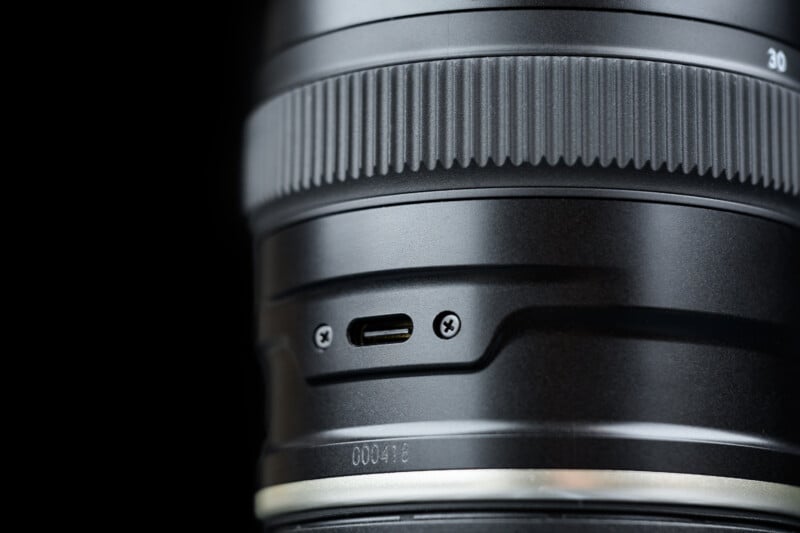
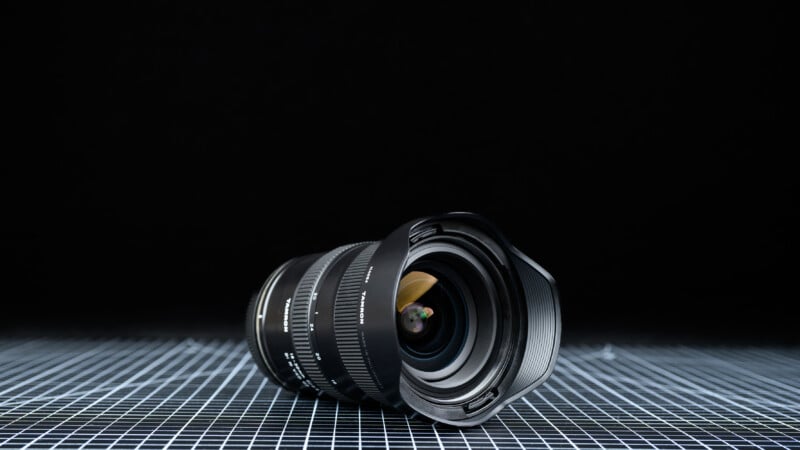
Tamron 16-30mm f/2.8 VXD di III G2 Review: How It Shoots
The first major upgrade to the new 16-30mm, other than the slightly increased focal range, is the addition of a powerful VXD voice-coil motor. This delivers substantially faster autofocus performance and would be better suited for ultra-wide-angle action pursuits like urban sports or street photography. The new lens worked perfectly well with both the Sony E-mount and Nikon Z-mount cameras that we tested it on.


![]()
The aperture only consists of nine blades, but still creates fairly round-looking specular highlights. Bokeh has a strong soap-bubble effect to it and tends to look a little messy, but ultra-wide-angle lenses often mitigate this issue with extensive depth of field. When you do get soft backgrounds shooting up close, the overall impression is better than expected. There is a little harshness to the out-of-focus areas, but the look is still pleasing, and I enjoyed the close-up shots I got. The lens can focus fairly close, but the maximum magnification ratio is only 1:5.4. Still, you can get some fun shots that push the background far away and accentuate your subject.
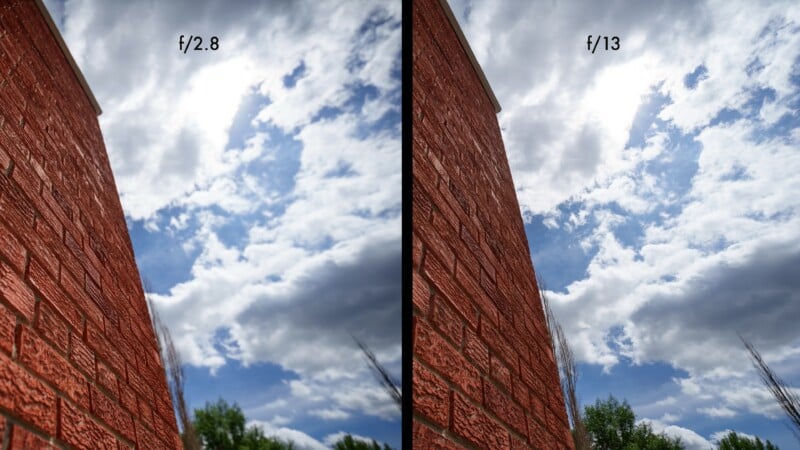

![]()
The Tamron “BBAR” coatings controlled any flare issues quite well. I didn’t notice any loss of contrast, and ghosting was very minimal. Sun stars won’t win any awards, but I felt confident shooting this lens around, and toward, bright sources of light. The admittedly cheap hood seems to do a good job of protecting the front element after all.

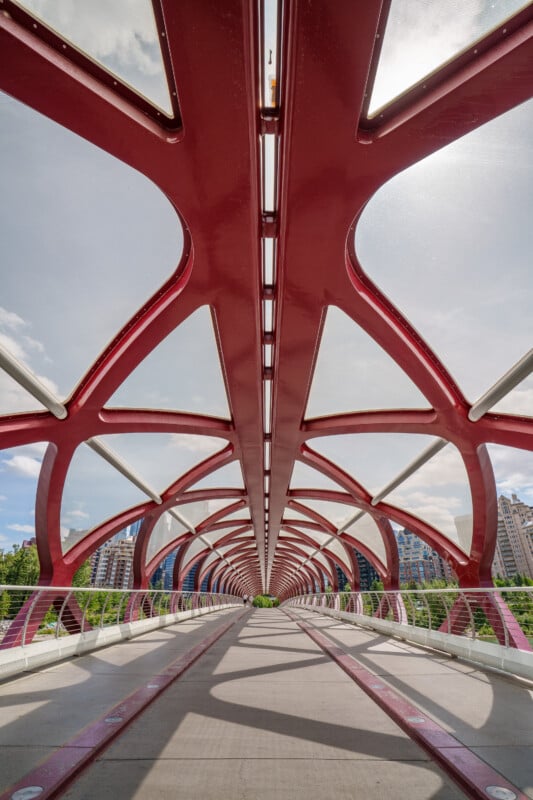
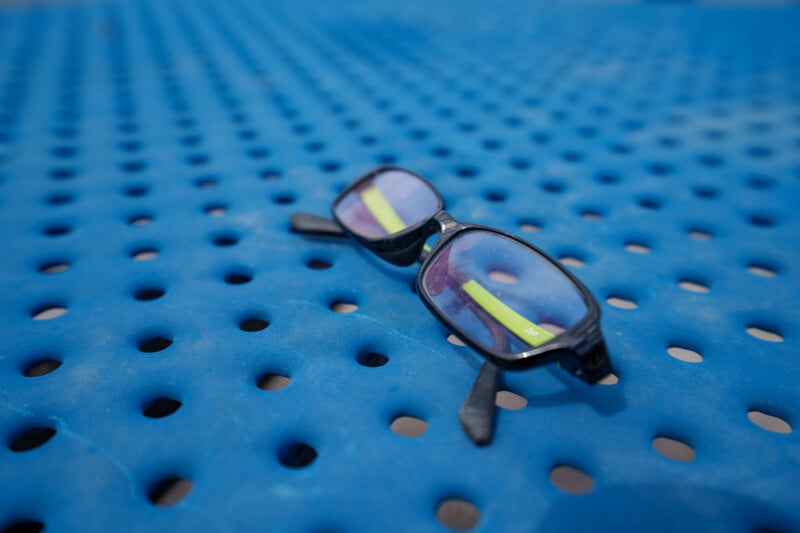
My only real issue with the lens is sharpness. First, though, at the 16mm range, this lens excels. There is plenty of detail to be found shooting at f/2.8 in the center of the image, and I was also impressed by the corner sharpness wide-open. Stopping the lens down makes for a slight improvement in sharpness overall, but it’s minimal. The 30mm range is where I found some issues, because the lens seems to have a dreamy-soft look at f/2.8. This is most apparent when shooting up close, but even stopping the lens down to f/4 helps in a big way. The corners also suffer from softness and need around f/5.6 to look good again. I know that most people are going to shoot around the wider ranges of the zoom, where this lens is excellent, but given that the Tamron has slightly less range than its competitors, I would have hoped to see better results at the 30mm end.
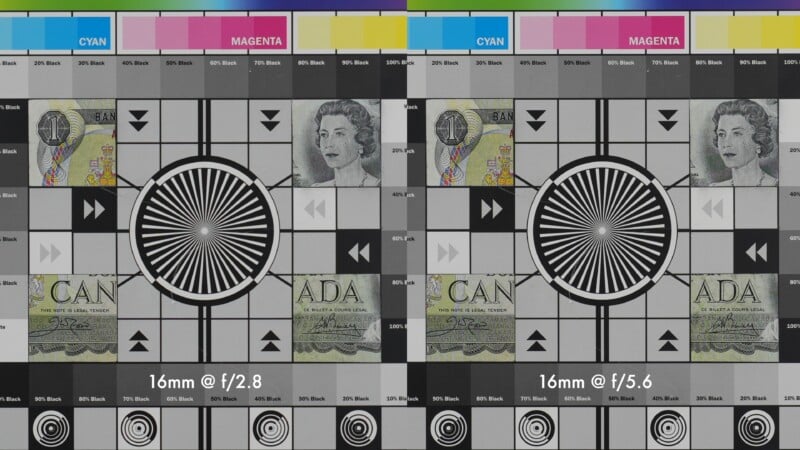
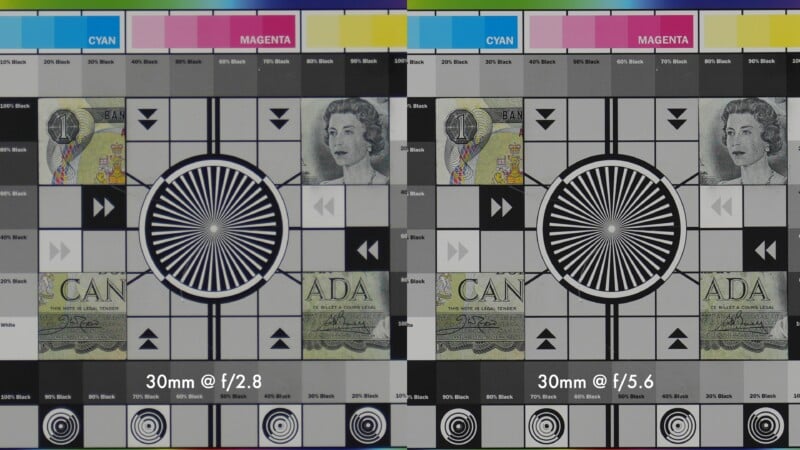

If you want to use the 16-30mm for video work, you’ll find the small size ideal for gimbal use. There is no vibration control, but most modern mirrorless cameras will have IBIS to help stabilize the lens when handheld. Breathing is a term that refers to when the field of view changes when you focus the lens, but luckily, the Tamron is largely free of issues. There is a tiny bit of breathing at 30mm and almost none at the 16mm end. The excellent photo autofocus translates nicely when shooting video work as well. This is a handy little ultra-wide for your cinematic pursuits.
![]()
![]()
![]()
Tamron 16-30mm f/2.8 VXD di III G2 Review: The G2 Line Completed
Now that Tamron has an updated second-generation line of mirrorless professional lenses, they have a viable alternative to the much more expensive OEM manufacturers. They also take up less space in the bag and are easy to carry for all-day shooting. Optically, there is a lot to like with Tamron lenses, and despite the occasional issue, I would easily advocate for the entire line for professional-grade work.
![]()
![]()
![]()
Let’s also consider that in Nikon Z-mount, there isn’t a lot of choice in f/2.8 glass. Nikon only makes the 17-28mm f/2.8 — which is the older Tamron lens anyway — and the wildly expensive 14-24mm f/2.8 that is beyond the scope of the Tamron 16-30mm. Nikon Z-mount specifically does not allow for any full-frame Sigma glass, so Tamron becomes the main player as an alternative to Nikon glass. In Sony E-mount, the choices are far more varied, but the Tamron 16-30mm f/2.8 at $929 offers excellent value. The Sigma 16-28mm f/2.8 would be the natural competitor with its excellent optics, decent pricing, and still fairly compact sizing. I’m happy to see the G2 line now fully completed, even if it will be of more appeal to a largely Nikon-based audience.
Are There Alternatives?
In Sony E-mount, the obvious alternative is the Sigma 16-28mm f/2.8 Contemporary. It is slightly larger but offers excellent optics and bokeh. I’d give the slight edge to the Sigma overall.
In Nikon Z-mount, the Tamron lens makes a ton of sense. It out-competes the Nikkor 17-28mm lens, comes in at a lower price, and is way more affordable than the specialized 14-24mm f/2.8. The Tamron becomes the ideal choice in the Nikon Z-mount for an all-purpose ultra-wide lens, regardless of price.
Should You Buy It?
Yes. If you have E-mount versions of the two longer lenses, this makes sense to complete the set. However, it is the Z-mount users who should jump on this lens to cover the ultra-wide range.